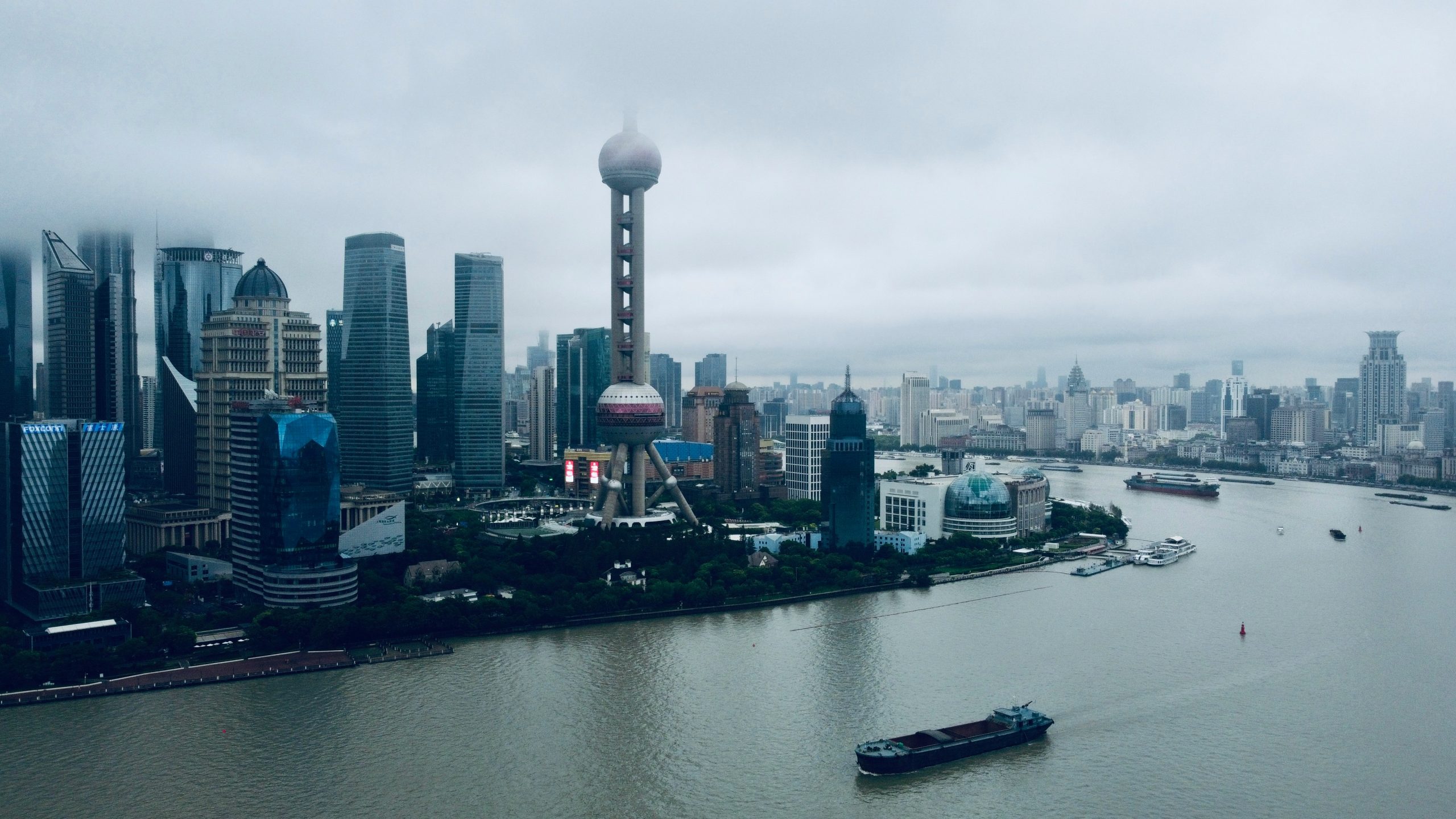China, once the engine of global economic growth, is now experiencing a marked slowdown driven by a combination of structural economic challenges and intensifying political headwinds.
This deceleration is having profound ripple effects on global commodity markets, where China has long been both a dominant producer and voracious consumer.
Economic Roots of the Slowdown
At the heart of China’s economic slowdown lies a real estate crisis of historic proportions. For decades, property development acted as a pillar of growth, accounting for nearly 30% of GDP when related industries are included.
However, excessive leverage among developers — epitomized by defaults from Evergrande and Country Garden — has led to widespread construction halts, declining home prices, and a crisis of confidence among homeowners and investors alike.
Compounding this is weak domestic demand.
Despite high savings rates, consumer spending remains subdued, largely due to lingering economic scars from China’s zero-COVID policy and a lack of a strong social safety net.
Youth unemployment rates, which have hovered around 20%, further dampen household consumption and future economic optimism.
Meanwhile, the private sector — particularly in technology, education, and finance — has been chilled by regulatory crackdowns in recent years.
These unpredictable interventions have undermined business confidence and curtailed investment.
Add to this China’s demographic shift: a shrinking and aging population now poses a long-term threat to labour supply and consumer vitality.
Another economic burden is local government debt.
Many local authorities, heavily reliant on land sales for revenue, are now grappling with mounting liabilities as the property market collapses.
This has diminished their ability to fund infrastructure projects, historically used to boost growth during downturns.
Political Factors at Play
Economically driven though these challenges are, political decisions have exacerbated them.
The zero-COVID policy, for instance, was not merely a public health response — it reflected a broader governance philosophy under President Xi Jinping that prioritizes control and stability over market dynamism.
Its sudden reversal in late 2022 left businesses and households disoriented, with no accompanying stimulus to support recovery.
Under Xi, centralization of power and an ideological push for “common prosperity” have reshaped the role of private capital in China.
These shifts have introduced an environment of uncertainty and reduced the incentives for private innovation, especially in sectors once viewed as strategic.
Internationally, China’s increasingly assertive foreign policy has triggered escalating tensions with key trading partners, most notably the United States.
Export controls on advanced technology, tariffs, and investment restrictions are now curbing China’s access to critical components needed for high-tech manufacturing and green energy transitions — areas that once promised to be new drivers of commodity demand.
Impacts on Commodity Markets
As China slows, so too does global commodity demand.
The country has traditionally consumed over half the world’s iron ore, coal, and base metals like copper and zinc.
The collapse in real estate investment and construction has caused sharp declines in steel and cement consumption, putting downward pressure on prices worldwide.
On the production side, weakened profitability and excess capacity have led Chinese firms to scale back.
In coal and metals, this has triggered temporary mine closures, affecting both domestic output and global trade flows.
Moreover, government decarbonization mandates are forcing a longer-term shift away from coal and other high-emission industries, which is gradually reshaping China’s industrial mix.
In summary, China’s slowdown is not a cyclical blip but a structural shift rooted in deep economic and political transformations.
Its implications are global, not least for commodity markets, where the world must adjust to a less resource-hungry, more inward-looking China.
